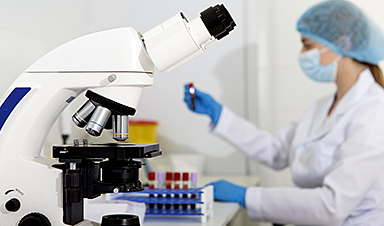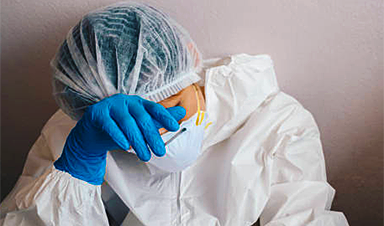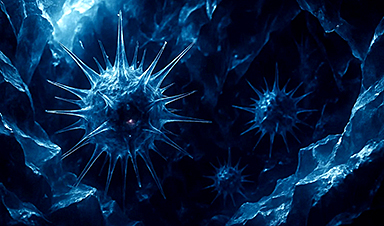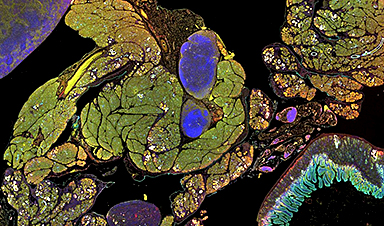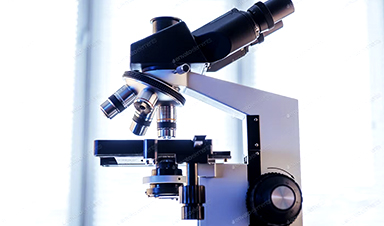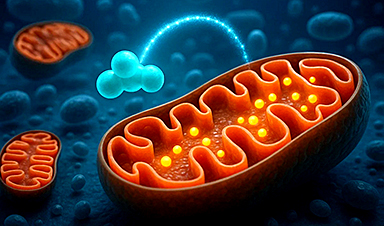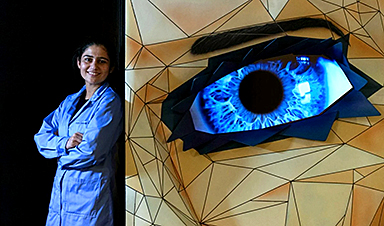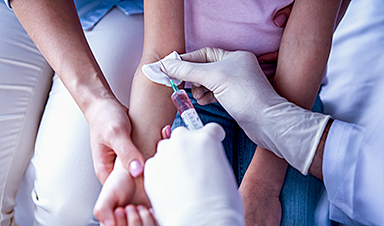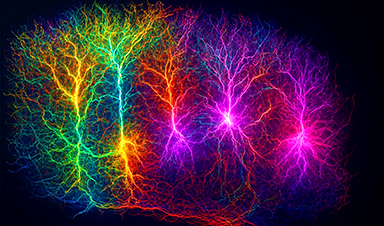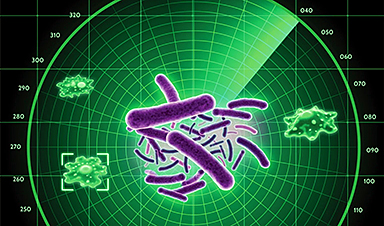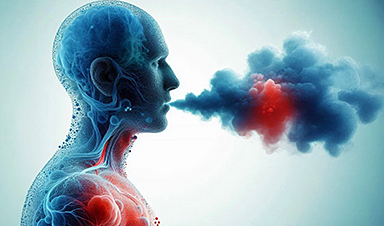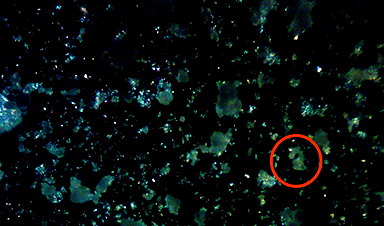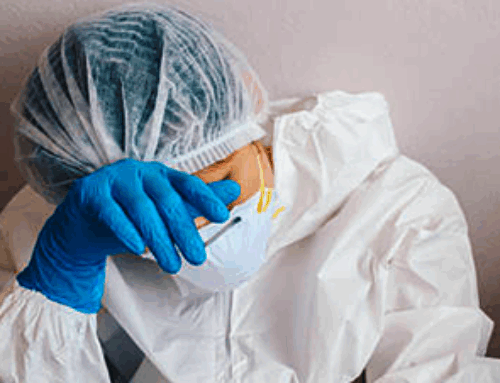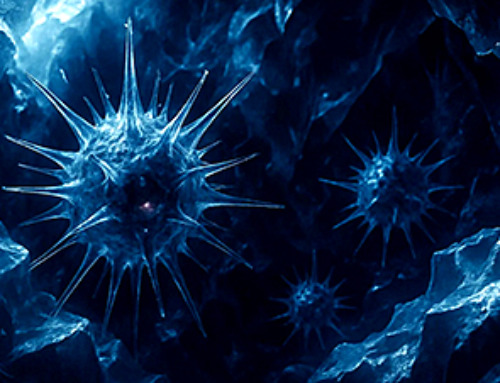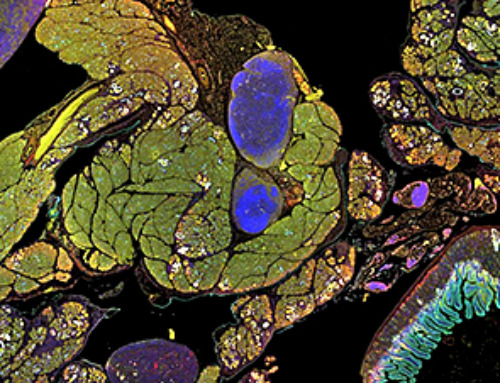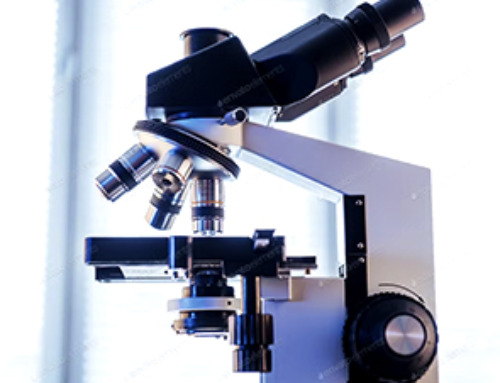In a recent study posted to the medRxiv* preprint server, researchers assessed the infectious capacity of severe acute respiratory syndrome coronavirus 2 (SARS-CoV-2) in plasma and red blood cells (RBCs), ascertaining its role in SARS-CoV-2 dissemination.
Background
Coronavirus disease 2019 (COVID-19) is a multisystemic illness affecting respiratory and non-respiratory organs. Studies have reported that SARS-CoV-2 infections are related to several hematological diseases; however, data on how SARS-CoV-2 can navigate to different tissues are limited.
About the study
In the present study, researchers investigated the association between viral organotropism and clinical manifestations employing the prototypical CoV in the naturally occurring host, the murine hepatitis virus (MHV)-A59 model.
Quantitative reverse-transcription-polymerase chain reaction (RT-qPCR) and viral infectivity analysis were performed. The plasma and RBC-enriched fractions were compared.
Further, in silico computational docking analysis was performed to investigate the potential interaction between heme (and heme-associated molecules) and murine hepatitis virus spike protein.
Sera and nasopharyngeal swabs of 37 RT-qPCR-confirmed COVID-19 patients were obtained. SARS-CoV-2 ribonucleic acid (RNA) was extracted to qualitatively and quantitatively detect SARS-CoV-2.
Kidney, heart, lung, and liver tissues were obtained from autopsies performed on eight individuals with COVID-19-associated deaths. BALB/cJ mice were used for the in vivo experiments, infected with MHV by intraperitoneal injection, and treated with hemin and chloroquine, individually and in combination.
Murine lung, liver, heart, kidney, spleen, pancreas, and brain tissues were obtained for RT-qPCR and infectious SARS-CoV-2 particle evaluation. Blood samples were obtained for biochemistry-related and hematological assessments before and after infection.
Plaque assays were performed to assess viable SARS-CoV-2 particles. The team compared the results with real-world information on SARS-CoV-2-positive individuals, including autopsies of individuals deceased due to COVID-19.
Results
The mean age of the participants was 56 years, and 68% (n=19) were men. SARS-COV-2 ribonucleic acid was detected in the sera of 23% of the patients, whereas all individuals had multiple SARS-CoV-2-positive nasopharyngeal swabs.
Of note, SARS-CoV-2 ribonucleic acid was detected in the kidneys and heart of individuals, in addition to in the lungs of individuals deceased due to COVID-19.
SARS-CoV-2 infectivity and RT-qPCR findings showed SARS-CoV-2 ribonucleic acid and infectious SARS-CoV-2 particles’ presence in several organs and tissues, including the lung, liver, heart, brain, spleen, kidney, blood, and pancreas.
Greater viral loads, monocyte proportions, neutrophil proportions, platelet-to-lymphocyte ratio (PLR), and neutrophil-to-lymphocyte ratio (NLR) were observed post-infection, with lowered erythrocyte count, hemoglobin levels, hematocrit, leukocyte counts, lymphocyte proportion, and platelet counts among infected mice.
Of note, combining chloroquine and hemin treatment attenuated the clinical presentation of the infection. Computational docking showed that heme could bind with the murine hepatitis virus spike protein similarly to SARS-CoV-2. SARS-CoV-2 RNA was detected at high viral loads in all pulmonary samples, but in only 14% of cardiac samples, and to some extent, in the kidneys, at low viral loads.
MHV infection significantly reduced the weight of infected mice, and SARS-CoV-2 RNA was most abundant in mice’s lungs, liver, spleen, and brain. SARS-CoV-2 particles, obtained from various organs, were infectious, as determined by the viral infectivity assays.
Hepatic parameters, including total protein, globulin, and albumin, were lowered, whereas aspartate aminotransferase (AST) and alanine transaminase (ALT) levels rose post-infection. Concerning the kidneys, the blood urea nitrogen (BUN) level increased significantly following infection.
Among the murine animals infected with MHV, the weight of the heart was lower, whereas that of the spleen was greater than in the control mice. MHV was primarily detected in the RBC fraction and negatively affected the blood biochemistry.
Viral loads and viral titers were greater in the erythrocyte-enriched fraction than in the plasma-enriched blood fraction. Hemin enhanced CoV RNA abundance systemically and increased SARS-CoV-2 particles in erythrocytes.
Combined hemin and chloroquine treatment reversed the enhanced infection phenotype observed with hemin treatment alone. Of interest, RT-qPCR findings indicated that hemin-treated and murine animals infected with MHV had significantly greater SARS-CoV-2 RNA abundance in the lung, liver, kidneys, and heart, with slightly greater abundance in the brain than the uninfected and untreated mice.
The combined treatment reversed coV-induced effects on hematological parameters. The findings indicated SARS-CoV-2 presence in the blood compartment, in RBC and plasma, elevation in viral particles from both fractions under hemin treatment, and the counteracting effect when both drugs, hemin, and chloroquine, were administered.
Conclusion
Overall, the study findings showed multiple organ involvement combined with mechanisms of RBC and hematological dysregulation that may favor SARS-CoV-2 infection and shed light on the probable implications of infectious SARS-CoV-2 particles presence in erythrocytes of SARS-CoV-2-positive individuals.
The study findings indicated possible ways SARS-CoV-2 may induce hemolysis, sequestering heme and hitch-hicking its way into multiple organs, supporting the involvement of multiple organs in COVID-19 via interaction with erythrocyte hemoproteins.
News
Studies detail high rates of long COVID among healthcare, dental workers
Researchers have estimated approximately 8% of Americas have ever experienced long COVID, or lasting symptoms, following an acute COVID-19 infection. Now two recent international studies suggest that the percentage is much higher among healthcare workers [...]
Melting Arctic Ice May Unleash Ancient Deadly Diseases, Scientists Warn
Melting Arctic ice increases human and animal interactions, raising the risk of infectious disease spread. Researchers urge early intervention and surveillance. Climate change is opening new pathways for the spread of infectious diseases such [...]
Scientists May Have Found a Secret Weapon To Stop Pancreatic Cancer Before It Starts
Researchers at Cold Spring Harbor Laboratory have found that blocking the FGFR2 and EGFR genes can stop early-stage pancreatic cancer from progressing, offering a promising path toward prevention. Pancreatic cancer is expected to become [...]
Breakthrough Drug Restores Vision: Researchers Successfully Reverse Retinal Damage
Blocking the PROX1 protein allowed KAIST researchers to regenerate damaged retinas and restore vision in mice. Vision is one of the most important human senses, yet more than 300 million people around the world are at [...]
Differentiating cancerous and healthy cells through motion analysis
Researchers from Tokyo Metropolitan University have found that the motion of unlabeled cells can be used to tell whether they are cancerous or healthy. They observed malignant fibrosarcoma cells and [...]
This Tiny Cellular Gate Could Be the Key to Curing Cancer – And Regrowing Hair
After more than five decades of mystery, scientists have finally unveiled the detailed structure and function of a long-theorized molecular machine in our mitochondria — the mitochondrial pyruvate carrier. This microscopic gatekeeper controls how [...]
Unlocking Vision’s Secrets: Researchers Reveal 3D Structure of Key Eye Protein
Researchers have uncovered the 3D structure of RBP3, a key protein in vision, revealing how it transports retinoids and fatty acids and how its dysfunction may lead to retinal diseases. Proteins play a critical [...]
5 Key Facts About Nanoplastics and How They Affect the Human Body
Nanoplastics are typically defined as plastic particles smaller than 1000 nanometers. These particles are increasingly being detected in human tissues: they can bypass biological barriers, accumulate in organs, and may influence health in ways [...]
Measles Is Back: Doctors Warn of Dangerous Surge Across the U.S.
Parents are encouraged to contact their pediatrician if their child has been exposed to measles or is showing symptoms. Pediatric infectious disease experts are emphasizing the critical importance of measles vaccination, as the highly [...]
AI at the Speed of Light: How Silicon Photonics Are Reinventing Hardware
A cutting-edge AI acceleration platform powered by light rather than electricity could revolutionize how AI is trained and deployed. Using photonic integrated circuits made from advanced III-V semiconductors, researchers have developed a system that vastly [...]
A Grain of Brain, 523 Million Synapses, Most Complicated Neuroscience Experiment Ever Attempted
A team of over 150 scientists has achieved what once seemed impossible: a complete wiring and activity map of a tiny section of a mammalian brain. This feat, part of the MICrONS Project, rivals [...]
The Secret “Radar” Bacteria Use To Outsmart Their Enemies
A chemical radar allows bacteria to sense and eliminate predators. Investigating how microorganisms communicate deepens our understanding of the complex ecological interactions that shape our environment is an area of key focus for the [...]
Psychologists explore ethical issues associated with human-AI relationships
It's becoming increasingly commonplace for people to develop intimate, long-term relationships with artificial intelligence (AI) technologies. At their extreme, people have "married" their AI companions in non-legally binding ceremonies, and at least two people [...]
When You Lose Weight, Where Does It Actually Go?
Most health professionals lack a clear understanding of how body fat is lost, often subscribing to misconceptions like fat converting to energy or muscle. The truth is, fat is actually broken down into carbon [...]
How Everyday Plastics Quietly Turn Into DNA-Damaging Nanoparticles
The same unique structure that makes plastic so versatile also makes it susceptible to breaking down into harmful micro- and nanoscale particles. The world is saturated with trillions of microscopic and nanoscopic plastic particles, some smaller [...]
AI Outperforms Physicians in Real-World Urgent Care Decisions, Study Finds
The study, conducted at the virtual urgent care clinic Cedars-Sinai Connect in LA, compared recommendations given in about 500 visits of adult patients with relatively common symptoms – respiratory, urinary, eye, vaginal and dental. [...]
